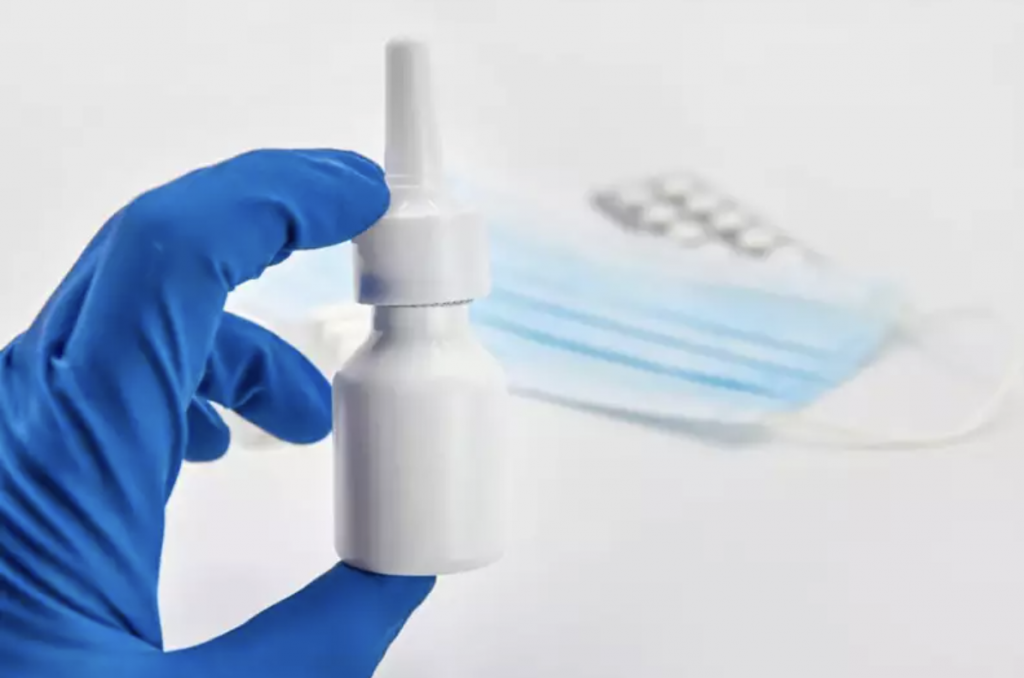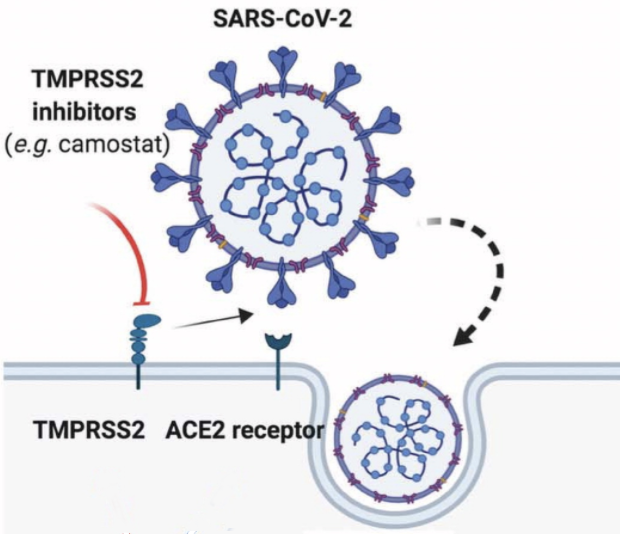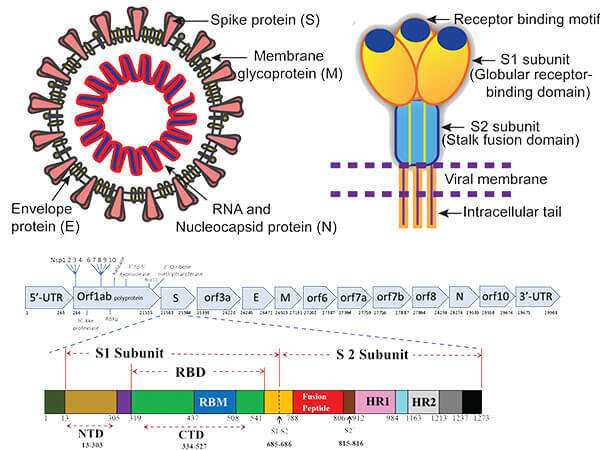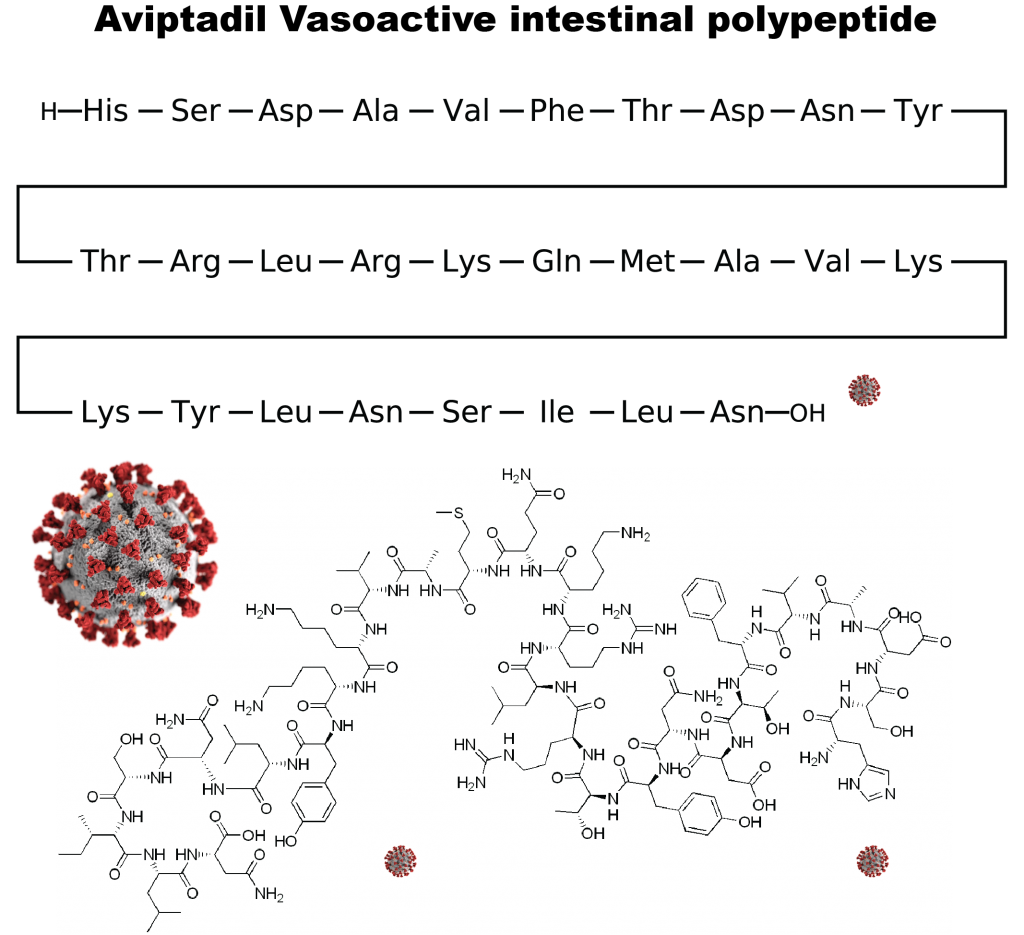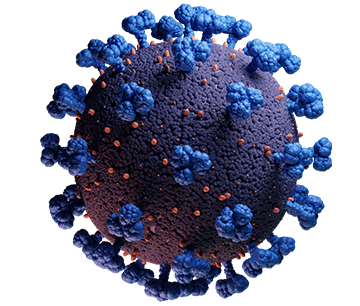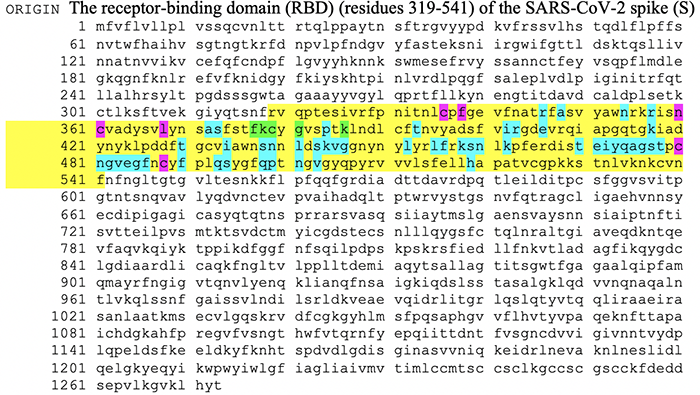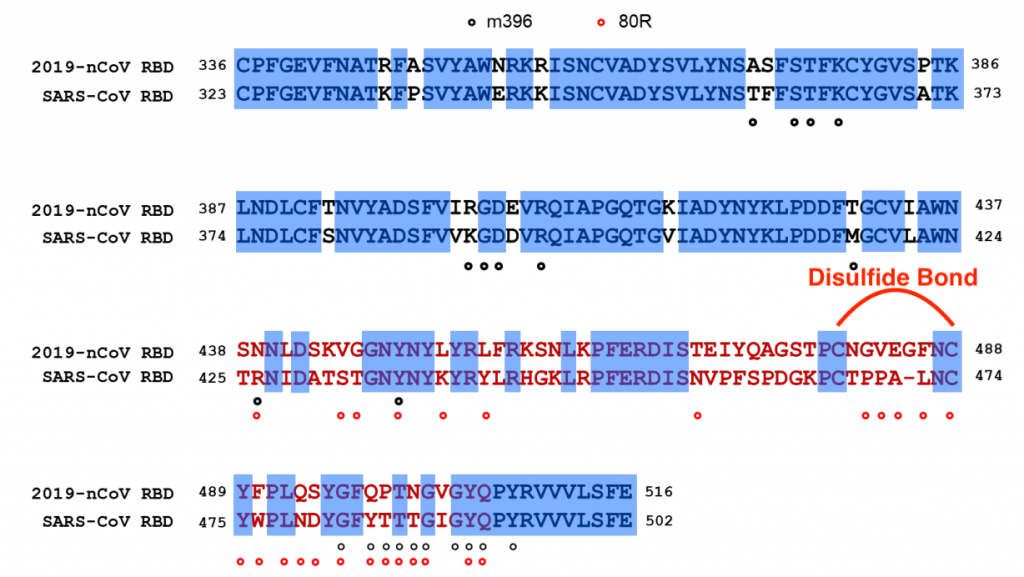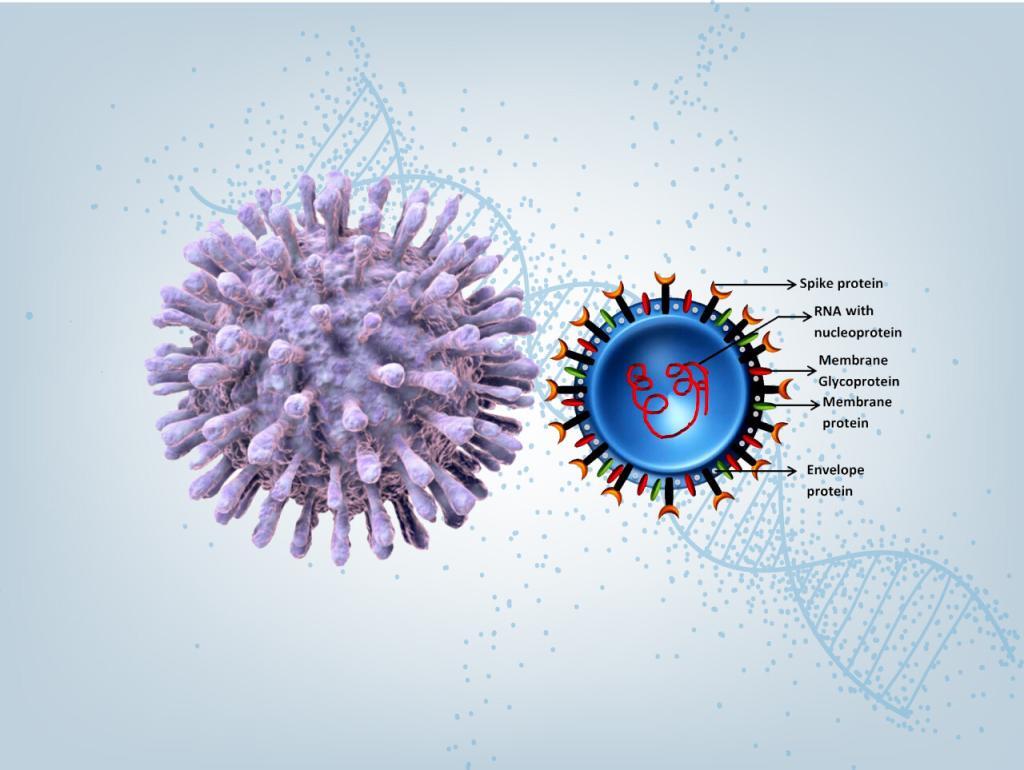LifeTein FRET peptide helped researchers identify a small molecule drug candidate, DMA-135, against Enterovirus 71 (EV71), a virus that causes foot-to-mouth disease with no FDA approved drugs.
The Tat-derived FRET peptide, (5-FAM)-AAARKKRRQRRRAAA-Lys(TAMRA), from LifeTein, binds strongly to the SLII (Stem Loop II) of Enterovirus 71 (EV71) with a dissociation constant Kd of 24.5 +/-4.7 nM. It has been recently used in the fluorescent indicator displacement assay (FID assay) and helped to identify a potential drug candidate, DMS-135, from the small molecule library, capable of internal ribosome entry site (IRES) targeting to block viral replication.
For the FID assay, when the peptide is bound to RNA, FRET is facilitated, allowing for excitation of FAM (485nm) and emission detection from TAMRA (590nm). When the small molecule drug candidate displaces the peptide from the RNA (SLII) secondary structure, the FRET is disabled, and TAMRA is not fluorescent. Such displacement and fluorescence change allow quantification of the binding affinity of the small molecules on the target RNA.
The peptide and its FID assay may prove generally useful in screening and identifying small molecules for viral RNA binding and inhibition.
